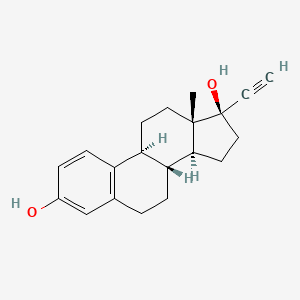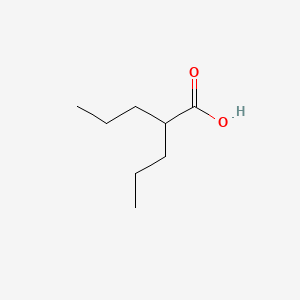Chromatography Standards
CAS No.:21898-19-1
Molecular Formula:C12H19Cl3N2O
Molecular Weight:313.6 g/mol
Availability:
In Stock
CAS No.:57-63-6
Molecular Formula:C20H24O2
Molecular Weight:296.4 g/mol
Availability:
In Stock
CAS No.:137-58-6
Molecular Formula:C14H22N2O
Molecular Weight:234.34 g/mol
Availability:
In Stock
CAS No.:22204-53-1
Molecular Formula:C14H14O3
Molecular Weight:230.26 g/mol
Availability:
In Stock
CAS No.:99-66-1
Molecular Formula:C8H16O2
Molecular Weight:144.21 g/mol
Availability:
In Stock
CAS No.:1126623-20-8
Molecular Formula:C9H7D10NO2
Molecular Weight:181.29
Availability:
In Stock





